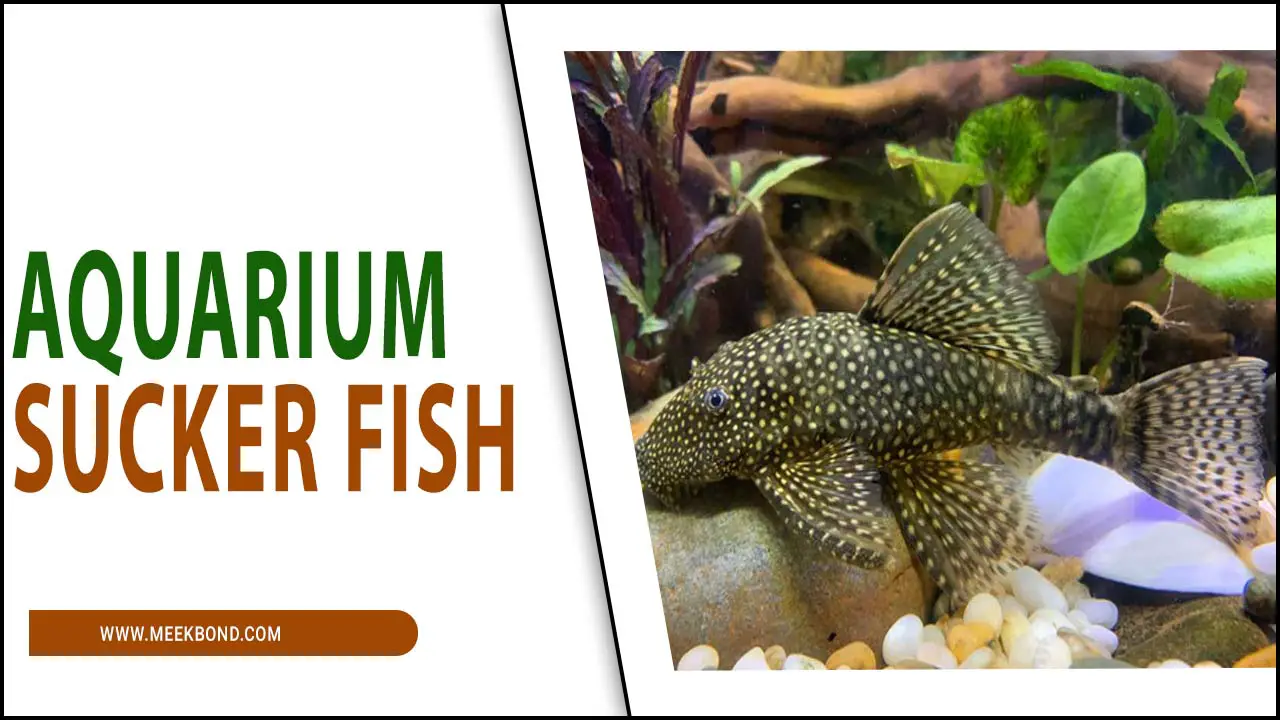For many aquarium hobbyists, the Gourami fish is a beloved aquatic species to raise. Known for their vibrant colors and peaceful demeanor, these fish can bring a sense of tranquility to any aquarium.
One of the most exciting moments for Gourami owners is when they discover that their fish is pregnant. However, with the excitement comes the responsibility of ensuring that the pregnant fish and her unborn offspring are healthy and comfortable.
Pregnant Gouramis require special care to ensure their well-being and to increase the odds of a successful pregnancy. Whether you are a seasoned aquarist or a beginner, learning to care for your pregnant Gourami properly is essential. We will provide comprehensive tips and guidelines to help you maintain the best conditions for your pregnant fish.
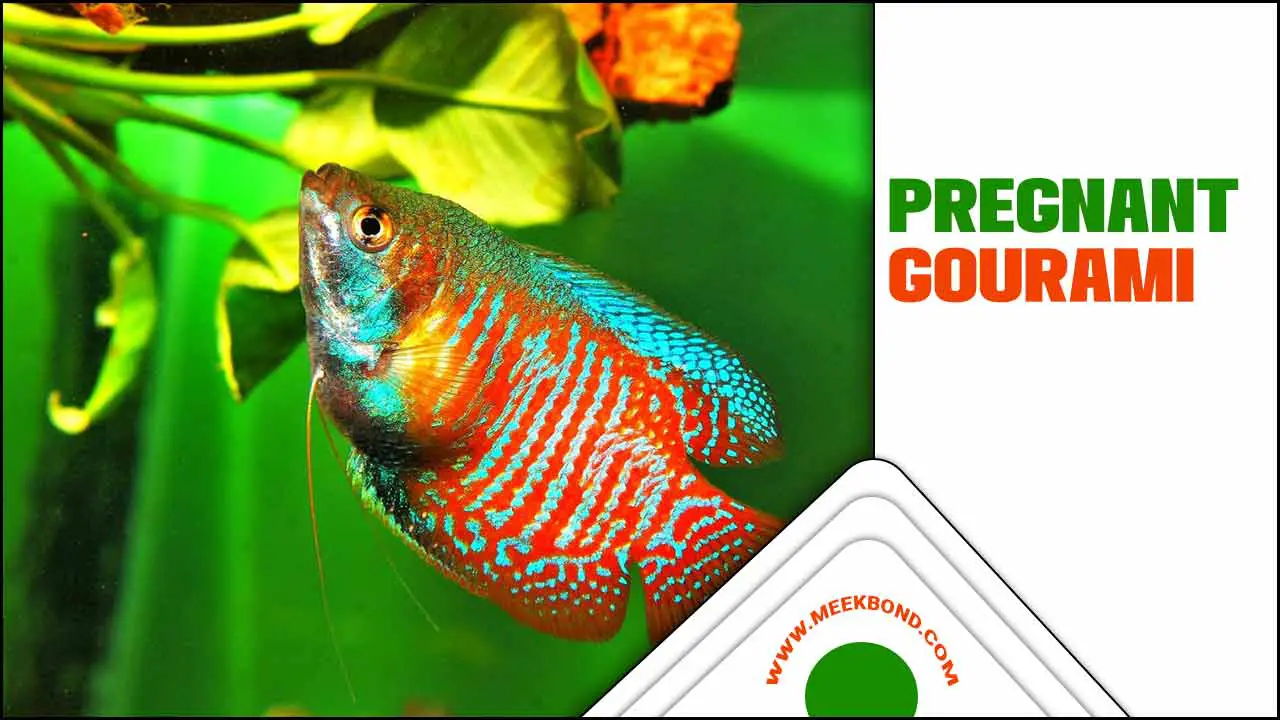
How To Identify And Care For Pregnant Gourami In Your Aquarium
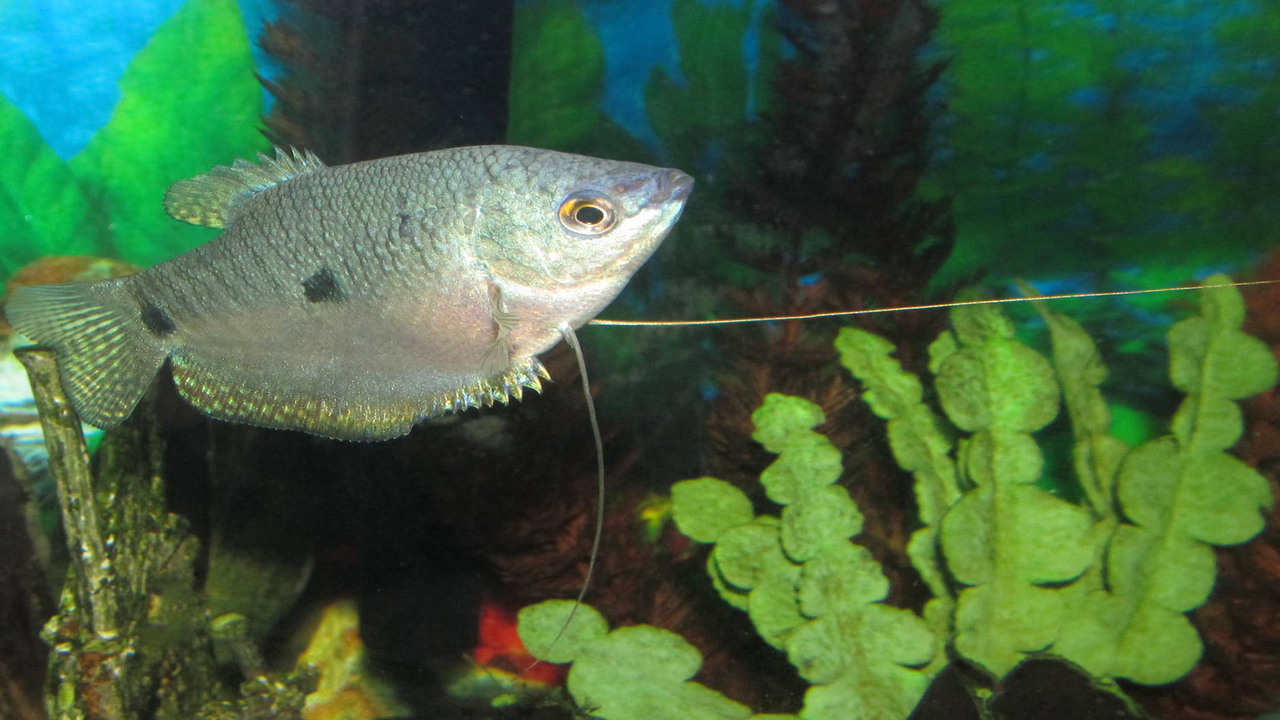
Identifying and caring for pregnant gourami in your aquarium can be an exciting and rewarding experience. Female gouramis typically develop a rounder belly when pregnant, and you may also notice a darkening of their coloration. To ensure the health and safety of the pregnant gourami, providing them with a suitable environment is important.
This includes maintaining proper water parameters, providing hiding places for the female to feel secure, and offering a varied diet with high-quality foods. It is also important to monitor the behavior of other fish in the tank, as male gouramis can sometimes become aggressive towards the pregnant female. By taking these steps, you can help ensure a successful pregnancy and the birth of healthy fry in your aquarium.
Identifying Signs Of A Pregnant Gourami
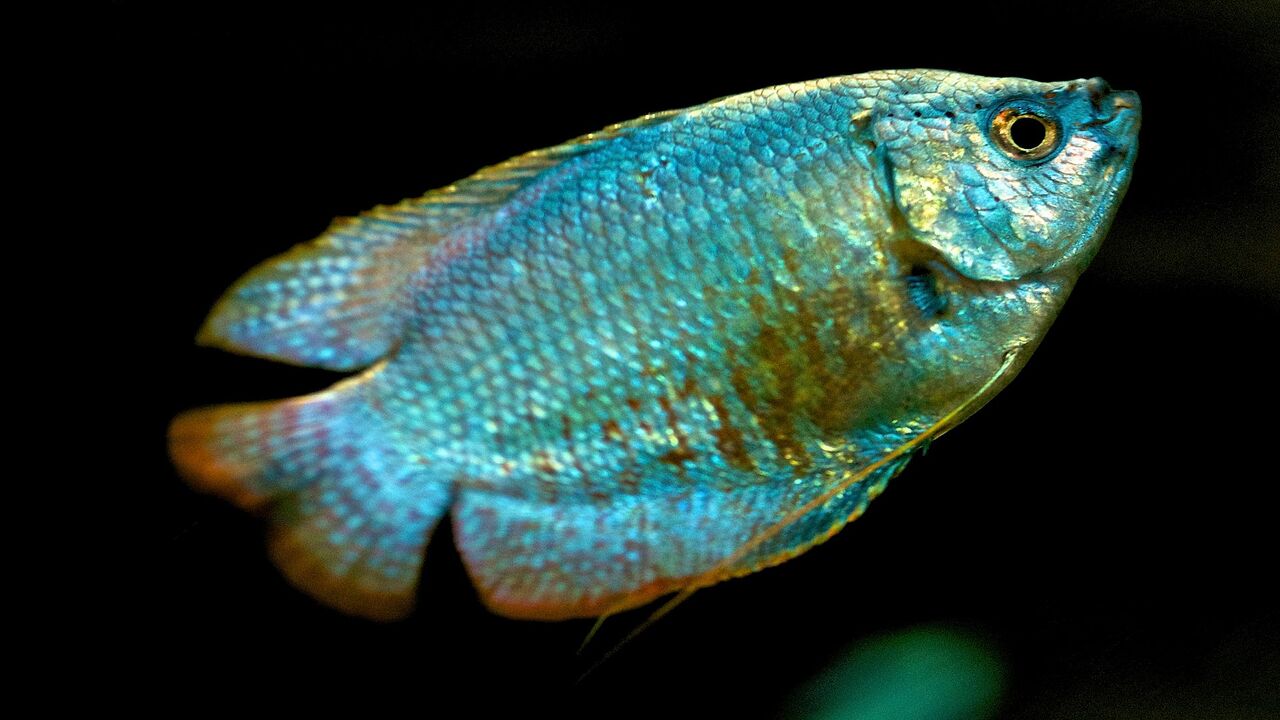
Identifying whether a gourami fish is pregnant can be challenging, as they do not display obvious physical signs like some other species. However, a few subtle indications may suggest that your gourami is carrying eggs. One such sign is a rounded belly, which may appear slightly swollen compared to the rest of the body. Another clue is the behavior of the fish – pregnant gouramis tend to become more territorial and protective of their space, often chasing away other fish.
Additionally, if you notice that your female gourami has developed a dark spot on its abdomen, it could indicate that it is carrying eggs. While these signs may not guarantee pregnancy, they can provide some insight into the reproductive state of your gourami. If you suspect your gourami is pregnant, providing a suitable environment with plenty of hiding places for the fry once they are born is important.
Physical Changes And Behaviors
During pregnancy, gouramis undergo a range of physical changes and behaviors. One of the most noticeable changes is the swelling of the female’s belly as it fills with eggs. The belly may appear rounder and larger than usual. Additionally, pregnant gouramis may exhibit changes in behavior, such as becoming more territorial or aggressive towards other fish in the tank.
They may also spend more time near the water’s surface, creating bubble nests for their eggs. It is important to provide a secure and spacious environment for pregnant gouramis to ensure they have a successful pregnancy and can safely care for their offspring once they hatch.
Creating A Suitable Environment
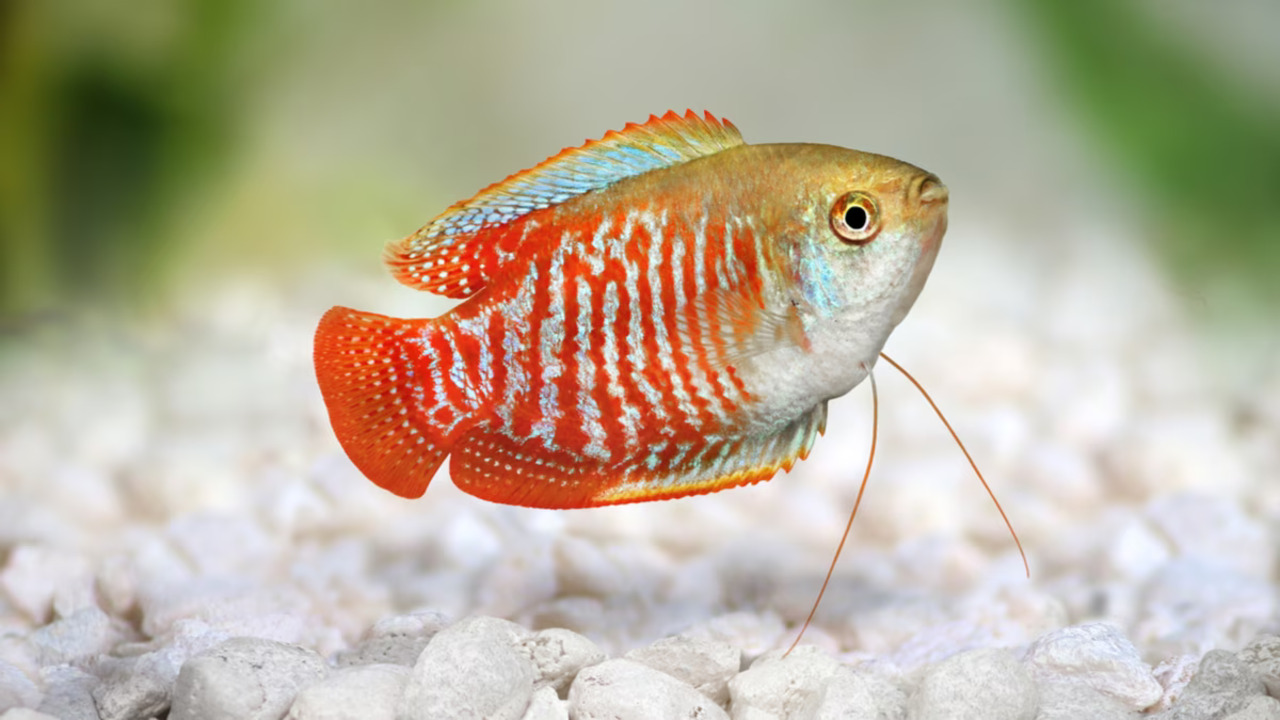
Creating a suitable environment for pregnant gourami is crucial to ensure the health and well-being of both the mother and her fry. Gouramis are known for their bubble nests, which the male constructs to protect the eggs. To create an ideal environment for pregnant gourami, it is important to provide plenty of hiding spots, such as plants or caves, where the female can seek refuge.
Additionally, maintaining stable water conditions and providing a balanced diet that includes live or frozen foods can help support the health of the fry as they develop. Monitoring any signs of stress or aggression among tank mates is also important, as this can negatively impact the pregnant gourami. Creating a suitable environment can help ensure a successful breeding and gestation period for your pregnant gourami.
Providing Proper Nutrition
Proper nutrition is crucial for pregnant gouramis to ensure the health of both the mother and her developing fry. During this time, providing a balanced diet rich in protein and nutrients is important. High-quality flake or pellet food designed for pregnant fish can be supplemented with live or frozen foods such as brine shrimp, daphnia, or bloodworms to nourish.
Feeding smaller portions multiple times a day rather than one large feeding is also recommended to prevent overfeeding and maintain water quality. Additionally, monitoring the gourami’s behavior and body shape can help determine if she is getting enough food and adjust the feeding regimen accordingly. By providing proper nutrition, you can support the healthy growth and development of the pregnant gourami and increase the likelihood of successful breeding outcomes.
Separating The Pregnant Gourami From Other Fish In The Aquarium
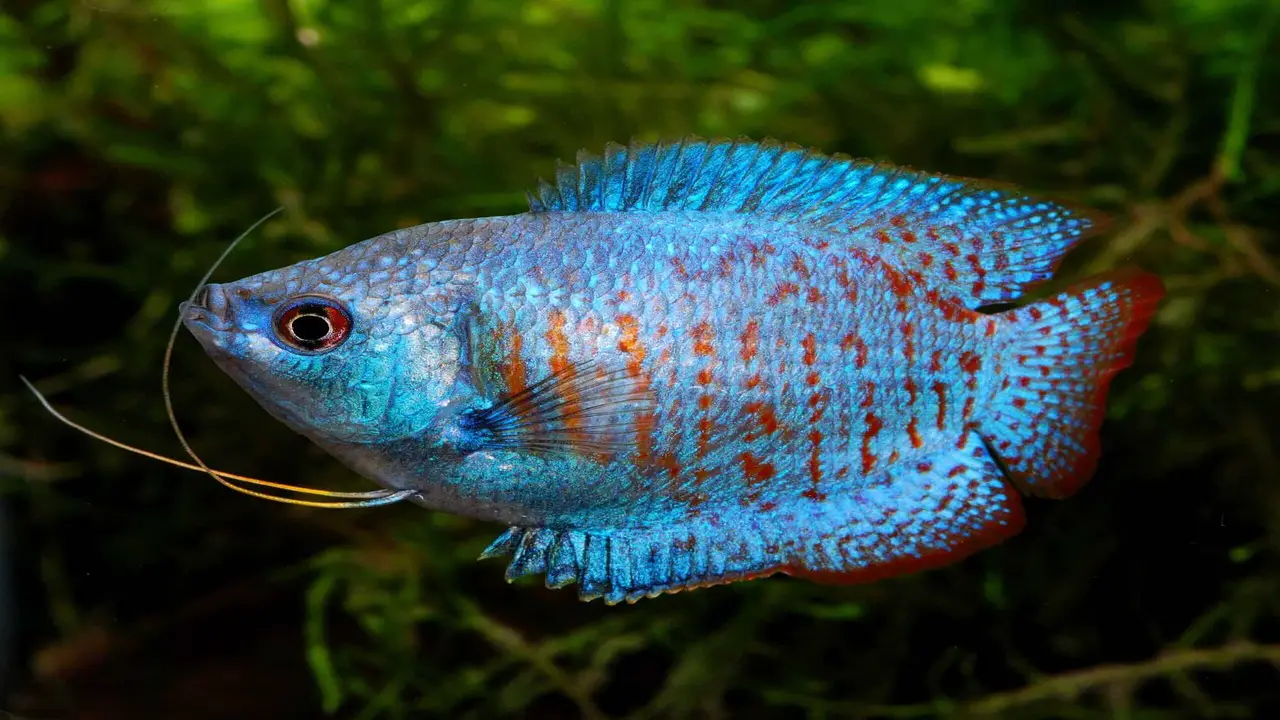
When you have a pregnant gourami in your aquarium, separating her from the other fish is important. Other fish may see the pregnant gourami as a potential food source and try to harm or eat her eggs. To ensure the pregnant gourami’s and her offspring’s safety, you can set up a separate breeding tank or use a breeding net within the main tank.
This will provide a safe space for the pregnant gourami to give birth and for the fry to grow without being disturbed by other fish. Providing plenty of hiding places, such as plants or caves, can also help protect the pregnant gourami and her fry from potential predators.
Preparing For The Birth Of Baby Gouramis
When your gourami is pregnant, it’s important to be prepared for the arrival of baby gouramis. Female gouramis have a gestation period of about 10-14 days, during which they carry their eggs internally. As the pregnancy progresses, you may notice that the female becomes more round, and her belly appears swollen. This is a sign that she is nearing the end of her pregnancy and will soon give birth.
To prepare for the birth, you should provide plenty of hiding places in the tank for the fry to seek shelter once they are born. Separating the pregnant gourami from other fish in the tank is also a good idea to prevent them from eating the fry. Once the fry is born, you can feed them finely crushed flakes or baby brine shrimp. By taking these steps, you can ensure a successful birth and give your baby gouramis the best chance at survival.
Care And Maintenance After The Birth Of Baby Gouramis
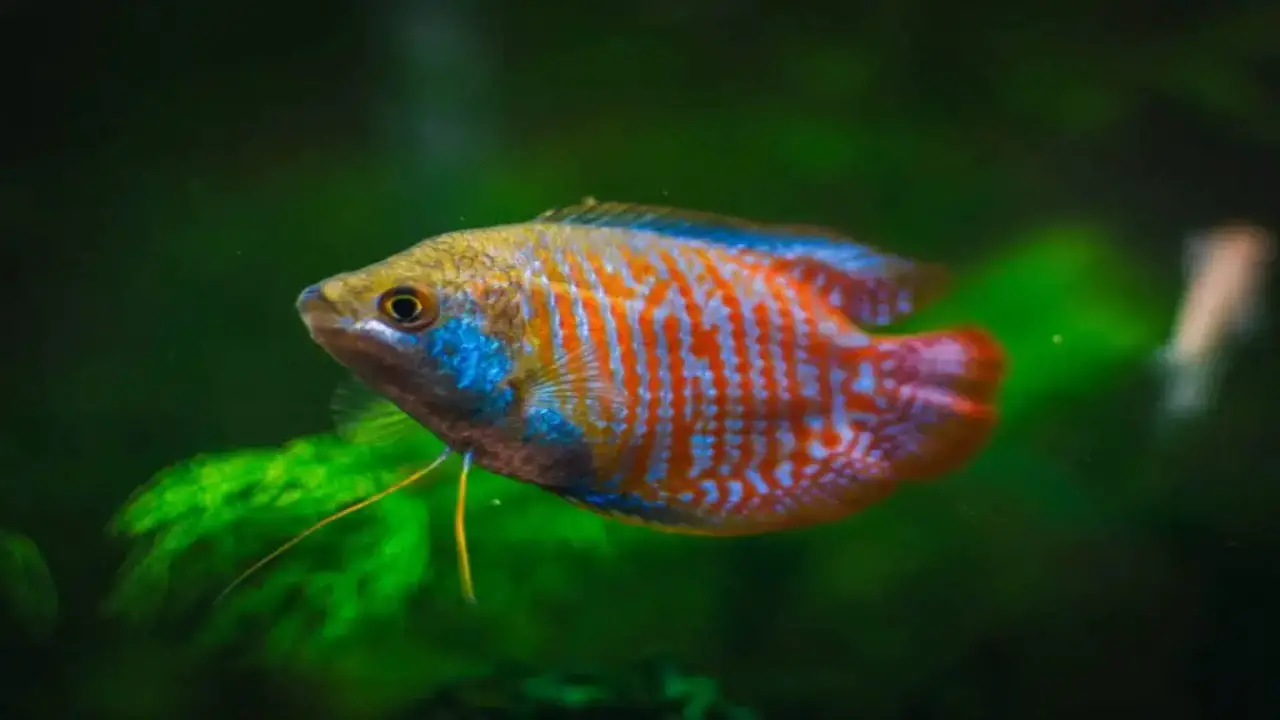
After the birth of baby gourami, there are a few important steps to take to ensure their care and maintenance. Here is a list of things to consider. By following these steps, you can help ensure the successful care and maintenance of your baby’s gourami after their birth.
- Separate the baby gourami from the adult fish. Adult fish can easily target baby gourami, so providing them with a separate tank or breeding net is important.
- Provide proper nutrition. Baby gourami will need a diet suitable for their size and age. This may include specialized fry food or finely crushed flakes.
- Maintain water quality. Regular water changes and monitoring of water parameters are essential for the health and well-being of baby gourami.
- Monitor growth and development. Keep an eye on the growth and behavior of the baby gourami to ensure they are thriving. If any issues arise, consult a veterinarian or experienced aquarist for guidance.
Tips For Breeding And Raising Gourami Fry Successfully
To increase the chances of successful breeding, it is recommended to provide a separate breeding tank for gouramis. The female gourami will display a round belly when pregnant, while the males may become more territorial. Breeding and raising gourami fry can be an exciting and rewarding experience. Here are some tips to help you successfully breed and raise your pregnant gourami:
- Separate the pregnant gourami: Once you notice that your gourami is pregnant, it is important to separate her from other fish in the tank. This will ensure the fry has a safe and controlled growing environment.
- Provide hiding spots: Gourami fry needs plenty to feel secure. You can provide them with plants, rocks, or commercial breeding traps where they can hide and stay safe from larger fish in the tank.
- Feed nutritious food: It is important to provide the pregnant gourami and the fry with a balanced and nutritious diet. Live or frozen foods such as brine shrimp, daphnia, or crushed flake are ideal for their growth and development.
- Maintain water quality: Clean water is crucial for the health of the pregnant gourami and the fry. Regularly test water parameters such as ammonia, nitrite, nitrate levels, and pH, and perform water changes to maintain optimal conditions.
- Monitor growth and behavior: Keep a close eye on the fry’s growth and behavior. If you notice any signs of illness or abnormal behavior, take immediate action to address the issue.
Following these tips can increase your chances of successfully breeding and raising healthy gourami fry. Remember that each pregnancy may vary, so it’s important to adapt your care accordingly based on your observations.
Common Challenges And Troubleshooting During Pregnancy And Breeding
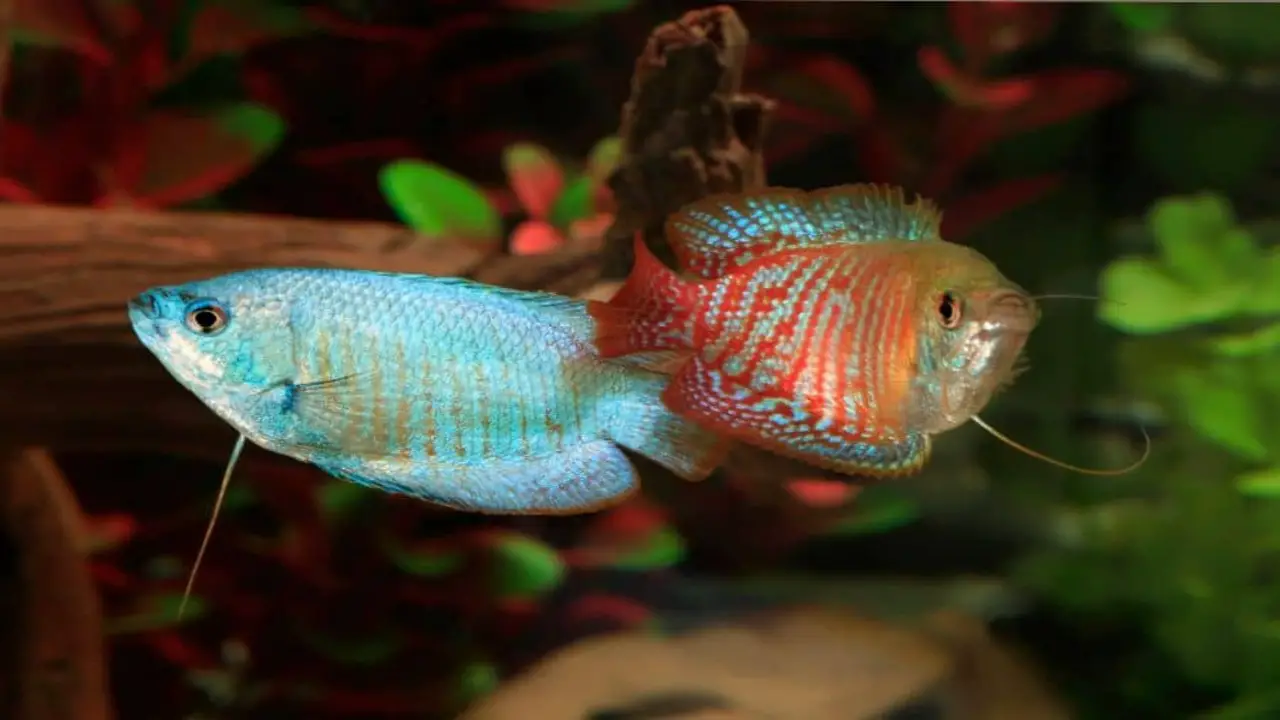
To ensure the health and well-being of pregnant gouramis during breeding, it is important to address common challenges that may arise. A well-balanced diet and regular water changes are crucial to prevent stress and disease in these fish. Providing plenty of hiding spots in the aquarium can help alleviate the stress associated with breeding.
Issues such as egg binding, dropsy, and aggression from other fish may occur during pregnancy. Therefore, closely monitoring the pregnant gouramis and promptly addressing potential health concerns is essential for successful breeding. With proper care and attention, healthy fry can be born.
Conclusion
Taking care of pregnant gouramis requires attention to detail and a nurturing environment. When a gourami is pregnant, creating a safe and comfortable environment for her to give birth and care for her fry is essential. Identifying the signs of pregnancy in your gouramis is important, such as physical changes and behaviors. Creating a suitable environment with proper nutrition and separating the pregnant gourami from other fish are crucial steps.
Preparing for the birth of baby gouramis and providing care and maintenance afterward is essential for their well-being. Additionally, breeding and raising gourami fry successfully requires knowledge and troubleshooting skills. By following these tips and being proactive in your care, you can ensure the health and happiness of your pregnant gouramis and their offspring.
Frequently Asked Questions
How Do I Know If My Gourami Is Pregnant?
Look for a rounder belly and slight enlargement to identify if your gourami is pregnant. Watch for an enlarged abdomen with a yellowish coloration. Pregnant gouramis may also display more territorial behavior. Regularly observe their appearance and behavior for any changes.
How Long Does It Take For Gourami To Lay Eggs?
The time it takes for gourami to lay eggs can vary depending on the species. Generally, it can take a few days to several weeks for the eggs to be laid. Female gouramis display signs of readiness, like a swollen belly and behavior changes. Once laid, the eggs typically hatch within 24-48 hours.
What Does A Pregnant Dwarf Gourami Look Like?
During pregnancy, a dwarf gourami’s belly becomes rounder, and the gravid spot behind its ventral fins may be more pronounced. Female dwarf gouramis also tend to lose some of their vibrant colors. Providing hiding places and a balanced diet is crucial for the health of pregnant gouramis.
How To Take Care Of Pregnant Pearl Gourami Fish?
To take care of pregnant pearl gourami fish, provide a separate breeding tank, maintain water temperature between 78-82°F and pH level between 6.5-7.2, feed them high-quality protein-rich food, and keep the tank clean with proper filtration for the health of both mother and fry.
What Is The Best Way To Care For A Pregnant Gourami?
To care for a pregnant gourami, provide a separate breeding tank with hiding spots, feed small, frequent meals of high-quality food, maintain clean and well-oxygenated water through regular changes, and avoid excessive handling.

Aquarium passion is all about connecting with the aquatic life and providing education to the public on the importance of these creatures. We showcase a wide variety of marine life through our exhibits as well as working with schools to provide unique learning opportunities for students of all ages.


